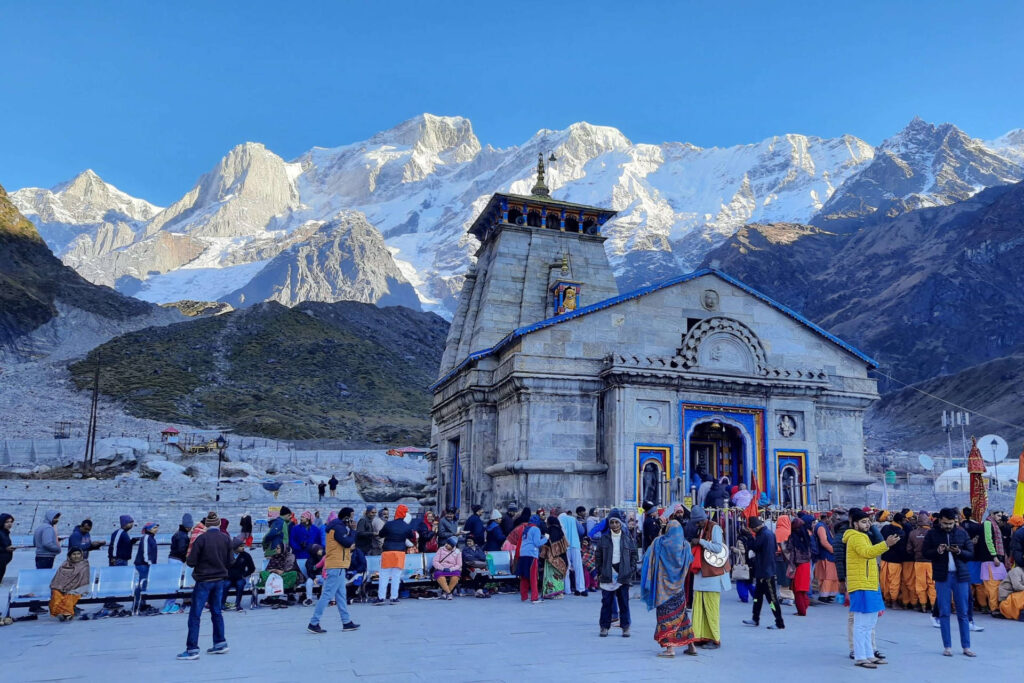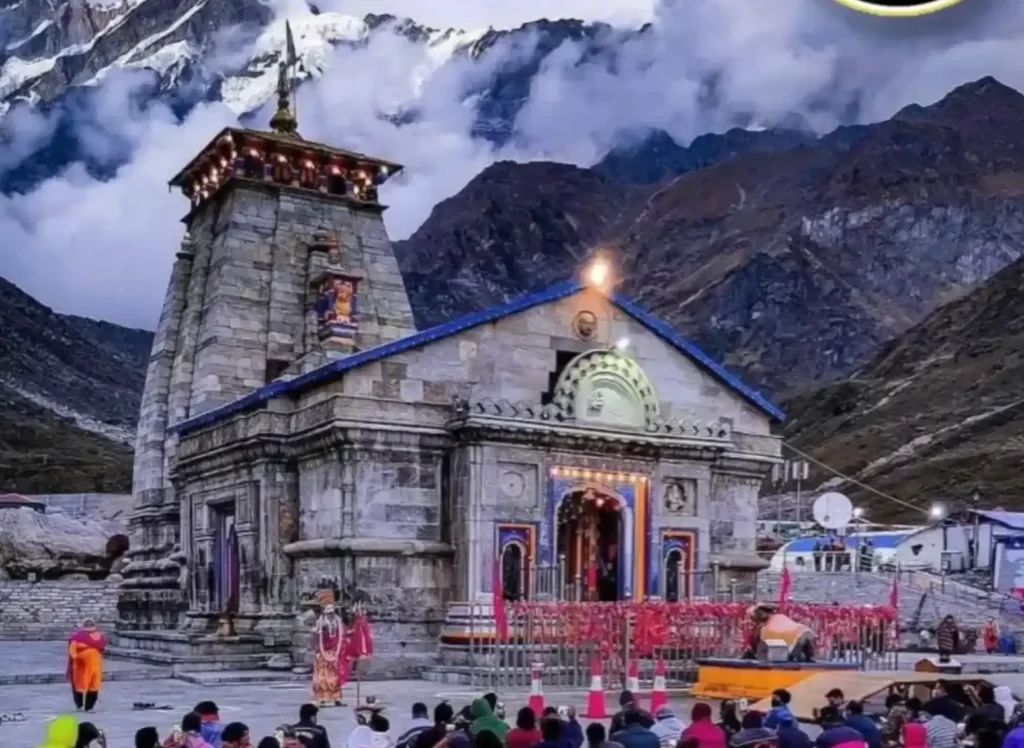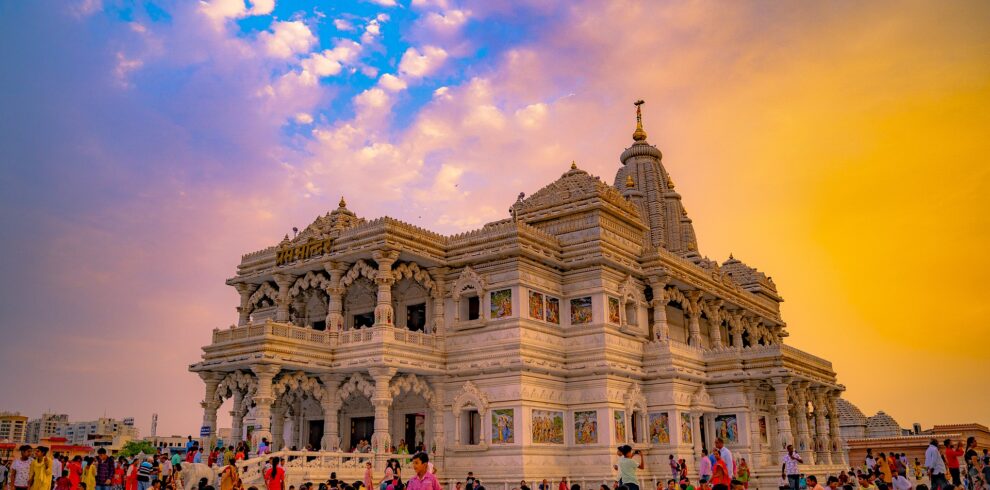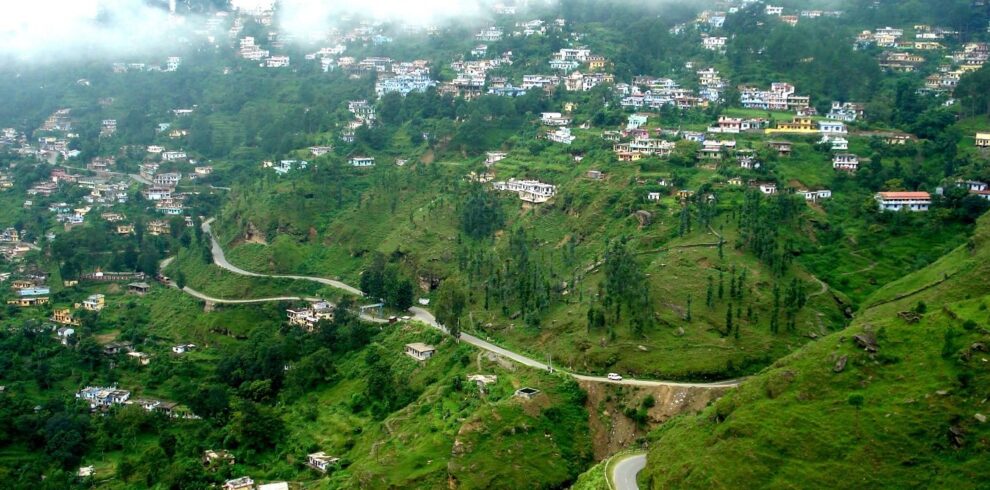Kedarnath Tour
Kedarnath tour known primarily for the Kedarnath Temple. It is approximately 86 …The name “Kedarnath” means “the Lord of the Field“. It is derived from the Sanskrit words kedara (“field”) and natha (“lord”). The text Kashi Kedara Mahatmya states that it is so-called because “the crop of liberation” grows here.One of the most interesting features of the Kedarnath Temple is its unique lingam. Devotees believe Lord Shiva himself worship himself here. Unlike other lingams that are made of stone or metal, people believe it to be a natural rock formation in the shape of a lingam.Legend of Pandavas: It is said that the Pandavas, the heroes of the Hindu epic, the Mahabharata, built the Kedarnath temple as a way to atone for their sins. According to the legend, Lord Shiva tried to evade the Pandavas by taking the form of a bull, but was finally cornered by the Pandavas at Kedarnath.Kedarnath is another name for Mahadev Shiv, or as many locals say, “Baba Barphani of Garhwal Himalayas”. It is also said that he was the first yatri of Char Dham Yatra.The temple is famous for the Sadashiva form of Lord Shiva, manifested as the hump of the Nandi Avatar of the Hindu God. One of the 12 Jyotirlingas, Kedarnath tour is also one of the four significant sites that have always been pulling pilgrims towards them – Gangotri, Badrinath, Yamunotri, and Chota Char Dham.is
Overview
the Garhwal Himalayas in the Rudraprayag district of Uttarakhand, India, lies the sacred town of Kedarnath. Revered as one of the holiest pilgrimage sites in Hinduism, Kedarnath is steeped in mythology, spirituality, and natural grandeur.
At an altitude of 3,583 meters (11,755 feet), Kedarnath is home to the ancient Kedarnath Temple, dedicated to Lord Shiva. This majestic temple, believed to have been constructed by the Pandavas of the Mahabharata epic, is nestled amidst breathtaking snow-capped peaks and lush alpine meadows. Its stone walls, adorned with intricate carvings and sculptures, stand as a testament to the rich architectural heritage of the region.
Legend has it that Kedarnath is one of the twelve Jyotirlingas, divine manifestations of Lord Shiva, and holds immense spiritual significance for devotees. According to mythology, the temple marks the spot where Lord Shiva manifested in the form of a fiery lingam to absolve the sins of the Pandavas after the Kurukshetra War.
Pilgrims from all corners of the globe embark on the arduous journey to Kedarnath, traversing rugged mountain trails and crossing gurgling rivers, seeking blessings and redemption. The pilgrimage to Kedarnath is often part of the Char Dham Yatra, along with Badrinath, Gangotri, and Yamunotri, considered a sacred journey of spiritual purification and enlightenment.
The trek to Kedarnath is not merely a physical endeavor but also a spiritual odyssey, as devotees immerse themselves in prayers, hymns, and meditation along the way. The picturesque landscapes, pristine waterfalls, and panoramic vistas of the Himalayas provide a serene backdrop for introspection and communion with the divine.
The pilgrimage season in Kedarnath typically begins in late April or early May and concludes in November, coinciding with favorable weather conditions in the region. During this time, the town bustles with devotees, priests, and sadhus, creating an atmosphere charged with devotion, piety, and camaraderie.
As dusk descends upon the Himalayan peaks, the Kedarnath Temple illuminates with the glow of oil lamps and the sound of bells reverberates through the valley, signaling the commencement of the evening aarti ceremony. The air is filled with the scent of incense, and the chants of sacred hymns echo in the hearts of pilgrims, forging a deep spiritual connection with the divine.
Kedarnath, with its blend of natural beauty, ancient heritage, and spiritual fervor, stands as a beacon of hope and faith for millions of devotees who embark on the sacred journey to seek solace, salvation, and eternal blessings amidst the majestic Himalayas.





